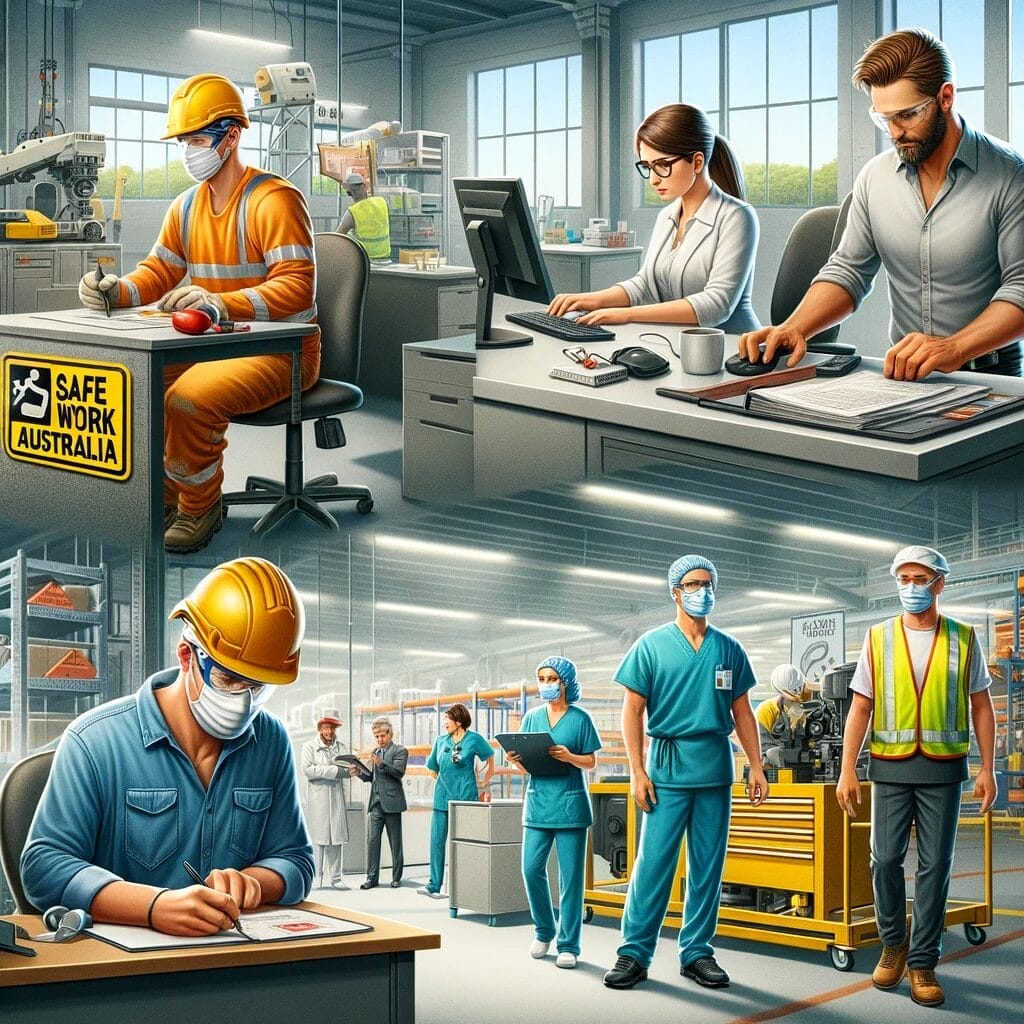Introduction
Safe Work Australia is a pivotal agency in the formulation and promulgation of occupational health standards in Australia. Occupational health and safety (OHS) is a paramount concern in the Australian workforce, necessitating stringent regulatory frameworks to safeguard workers across diverse industries. By examining the legislative context, the operational mechanisms of Safe Work Australia, and its impact on workplace safety, this analysis seeks to underscore the agency’s critical contribution to the national OHS landscape.
The Legislative Context of Occupational Health and Safety in Australia
Australia’s approach to occupational health and safety is underpinned by a complex legislative framework that varies across states and territories. Historically, this framework comprised a multitude of disparate laws and regulations, leading to inconsistencies and challenges in OHS management. The introduction of the Model Work Health and Safety (WHS) Act in 2011 marked a paradigm shift, aiming to harmonise OHS laws across Australia. This model legislation, developed under the auspices of Safe Work Australia, serves as a template for states and territories to enact substantially similar laws, thereby fostering a more uniform and efficient OHS regulatory environment.
Safe Work Australia: Genesis and Mandate
Established in 2008, Safe Work Australia represents a collaborative federal-state initiative, designed to streamline national OHS policy and regulatory development. As an independent statutory body, it functions as a central coordinating entity, bringing together representatives from governments, employers, and workers to collectively address OHS challenges. Safe Work Australia’s mandate encompasses the development of national policy and strategies, the formulation of model OHS laws, and the dissemination of research and data pertinent to workplace safety and health.
The Role of Safe Work Australia in Setting Occupational Health Standards
The role of Safe Work Australia in setting occupational health standards is multifaceted and pivotal. Firstly, it undertakes the development of the Model WHS laws, which constitute the bedrock of OHS regulation in participating jurisdictions. These model laws delineate the responsibilities of employers and workers, establish the parameters for hazard identification and risk management, and set the protocols for incident reporting and workplace consultation.
In addition to legislative development, Safe Work Australia plays a crucial role in setting and revising codes of practice. These codes, while not legally binding, offer practical guidance on how to meet the requirements of the WHS laws. They are instrumental in elucidating complex legal requirements and translating them into actionable steps for workplaces.
Furthermore, Safe Work Australia is instrumental in conducting and commissioning research on workplace health and safety issues. This research informs policy decisions and the development of targeted interventions to address specific OHS concerns. By maintaining a robust evidence base, Safe Work Australia ensures that its recommendations and standards are grounded in empirical data and contemporary best practices.
Safe Work Australia’s Impact on Workplace Safety
The influence of Safe Work Australia in enhancing workplace safety and health is significant. Through its harmonisation efforts, the agency has contributed to greater consistency in OHS standards across Australia, facilitating easier compliance for businesses operating in multiple jurisdictions. This uniformity has also enabled the sharing of resources and best practices, leading to improved safety outcomes.
Moreover, Safe Work Australia’s proactive approach in updating and revising standards and codes of practice ensures that OHS regulations remain responsive to emerging risks and evolving workplace environments. For example, the agency’s recent focus on psychosocial hazards reflects a growing recognition of mental health as a critical aspect of occupational wellbeing.
Challenges and Future Directions
Despite its achievements, Safe Work Australia faces ongoing challenges. The dynamic nature of the workforce, characterised by technological advancements and changing employment patterns, demands continual adaptation of OHS standards. Additionally, achieving full harmonisation remains elusive, as not all states and territories have adopted the model WHS laws in their entirety.
Looking ahead, Safe Work Australia’s role is likely to evolve in response to these challenges. The agency must continue to foster collaboration among stakeholders, leverage technological innovations for OHS improvements, and address emerging risks such as those associated with remote work and gig economy.
Conclusion
In conclusion, Safe Work Australia’s role in setting occupational health standards is indispensable to the Australian OHS framework. By fostering legislative harmonisation, developing practical guidance, and anchoring its work in rigorous research, the agency has markedly enhanced workplace safety and health. As the nature of work continues to evolve, Safe Work Australia’s adaptability and forward-thinking approach will be crucial in safeguarding the wellbeing of the Australian workforce. The ongoing commitment to maintaining high standards of occupational health and safety remains a testament to the collective resolve to create safer, healthier work environments for all Australians.
If you would like to know more or would like our assistance in the areas mentioned check us out at www.intrinsicsafety.com.au. Alternately, call us on 1300 990 336 or email us at [email protected]



